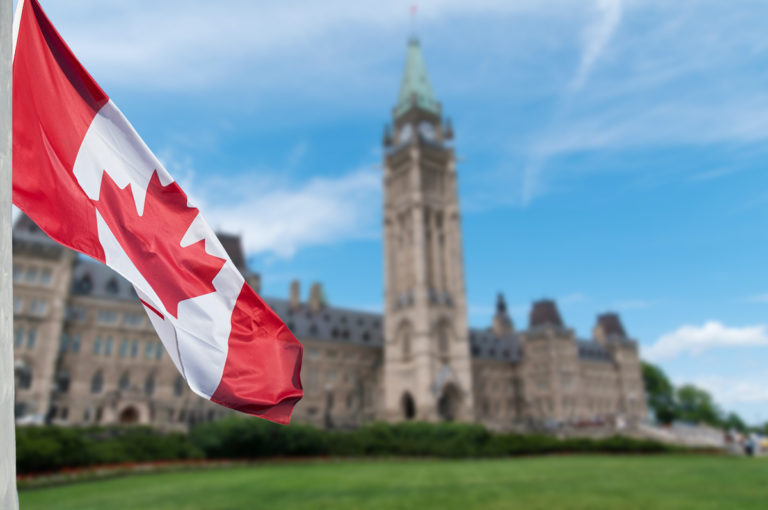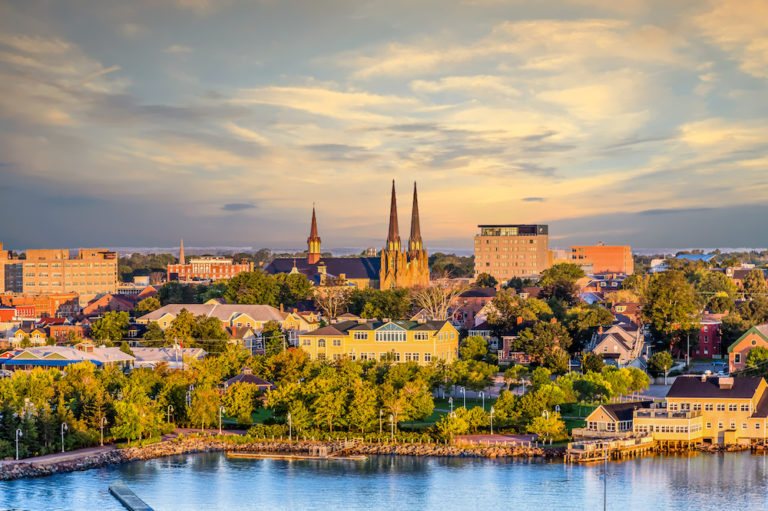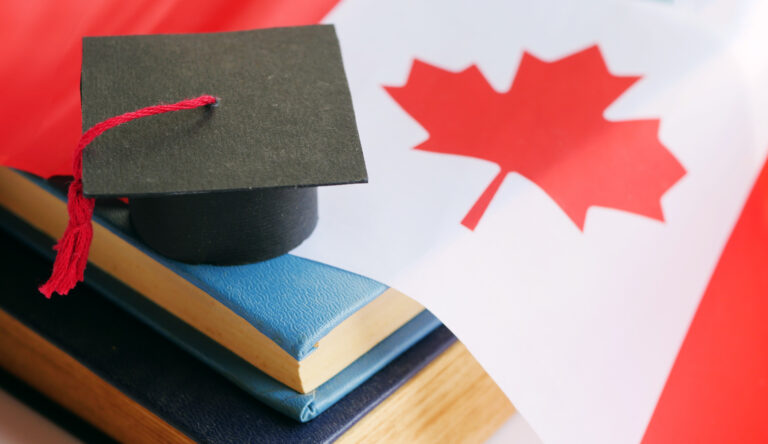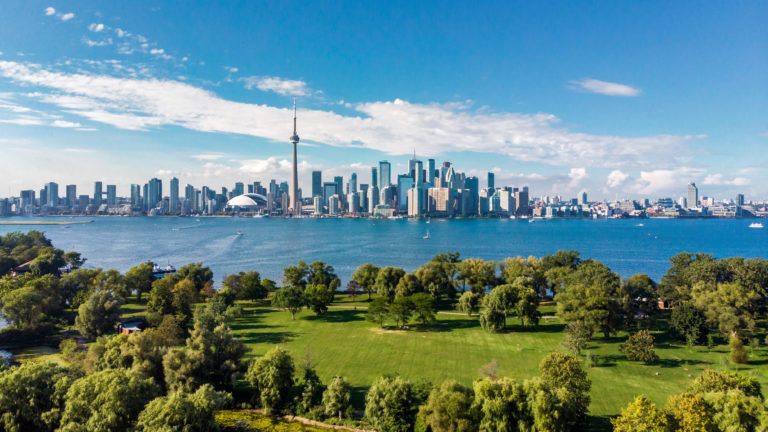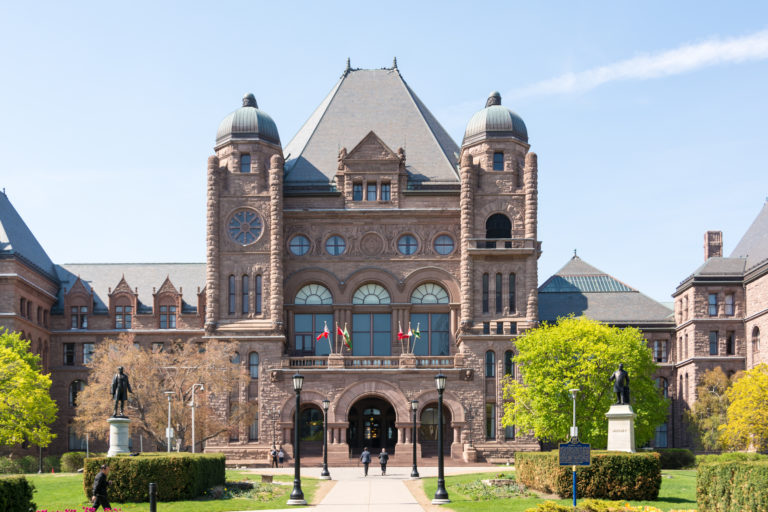Figures from Immigration, Refugees and Citizenship Canada (IRCC) show the number of foreign nationals in Canada to study or work more than doubled last year.
Canada’s immigration department issued 101.5 per cent more temporary resident visas, more than 3.1 million, last year compared to just over 1.5 million – exactly 1,544,867 – in 2021.
Almost half of that jump in the number of temporary residents to Canada came as Ukrainians fled their war-ravaged country in the wake of Russian President Vladimir Putin’s attack on their country on Feb. 24, 2022. In the wake of that attack, Ottawa quickly put in place special measures to help Ukrainians flee their country to the relative safety of Canada.
Read More Canada Immigration News
Canada Immigration Minister Sean Fraser announces 18-Month PGWP Extension
Canada Immigration Applications Dropped In 2022 Due To Impact Of Express Entry Freeze
Ontario Is The Number One Canada Province As Destination For New Immigrants
Under the Canada-Ukraine Authorization For Emergency Travel (CUAET), Ukrainian nationals and their family members can apply for a temporary resident visa to travel to and stay in Canada. The CUAET also allows Ukrainians to extend their work or study permits so that they can continue to work or study in the country.
The result of this special measure for Ukrainians has been a flood of temporary permit applications at the IRCC. The immigration department reports that it received 922,386 applications under the CUAET from March 17 last year through to March 9 this year.
The CUAET provides priority processing for their emergency travel applications, waives fees for temporary resident visas and permits and their extensions, study permits and extensions, work permits and extensions, and biometrics for Ukrainian nationals, their spouses, common-law partners and dependents.
Through a partnership with Miles4Migrants, The Shapiro Foundation, Air Canada, and the Jewish Foundation of Greater Toronto, the Canadian government has also formed Ukraine2Canada which provides free flights for Ukrainians and their family members who need travel support.
Last year, Ottawa also provided three flights paid out of public funds for Ukrainians to come to Canada.
India Was The Top Source Of Temporary Residents To Canada In 2022
“Winnipeg has a proud history of welcoming Ukrainians and we know that these 328 newcomers will be embraced by their new communities,” said Immigration Minister Sean Fraser when the first flight landed in Winnipeg in May last year.
With all of that support through the CUAET initiative and the on-going war in Europe, the number of temporary permit applications and extensions from Ukrainians skyrocketed by 6,618 per cent last year, from 10,221 in 2021 to 686,644 in 2022.
Video
The total number of temporary permit applications and extensions last year was also 148.8 per cent higher than in 2020, the first full year of the COVID-19 pandemic, when there were slightly more than 1.2 million such applications.
While the Ukraine became a top source of temporary residents to Canada last year with the start of the Russia-Ukraine war, it was not the biggest source of temporary residents. The Ukraine was only the second most important source of temporary residents to Canada in 2022.
China Was The Third Most Important Source Of Temporary Residents To Canada Last Year
India, which was the top source of students to Canadian colleges and universities last year and is regularly one of the top sources of new permanent residents to the country, was the biggest source of temporary residents to Canada in 2022.
Last year, there were 886,494 Indians in Canada as temporary residents, a jump of 76.7 per cent from the 501,630 the previous year. Roughly a quarter of them, 226,450, were Indian students with study permits at Canadian colleges and universities.
China was the third most important source of temporary residents to Canada last year with 206,077 Chinese getting temporary resident permits and extensions.
The Philippines ranked fourth with 134,763 temporary residents in Canada last year, up 84.8 per cent from 72,941 the previous year.
In 2022, there were also 76,743 Mexicans who got temporary resident status in Canada, 75,193 Iranians, 59,790 Columbians, 55,316 Nigerians, 51,082 French nationals, and 49,002 Vietnamese.





